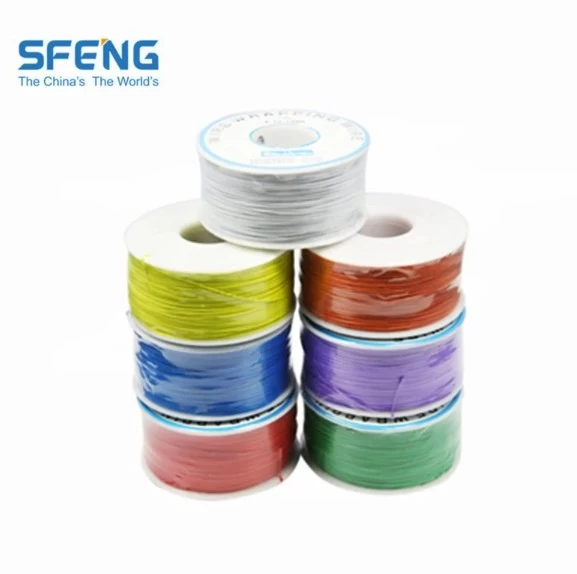Suzhou Shengyifurui Electronic Technology Co.,Ltd.
Suzhou Shengyifurui Electronic Technology Co.,Ltd.
Probes are essential tools for measuring physical, chemical, biological, (Wire harness test probes supply china) or electrical properties of materials, systems, or environments. They can be used in various fields, such as science, engineering, medicine, agriculture, and environmental monitoring. However, probes can also encounter problems that affect their accuracy, reliability, durability, or safety. Some of the common causes of probe problems are discussed below.
Design flaws
Probes can have design flaws that compromise their performance or compatibility with the target application. For example, a probe may have a weak or unstable connection to the measuring device, causing intermittent or erroneous readings. Or a probe may have a shape or size that makes it difficult to insert or maneuver in a tight or complex space. Or a probe may have a material or coating that reacts with the sample or environment, altering its properties or contaminating it. Design flaws can be caused by inadequate testing, feedback, or expertise during the development or manufacturing process.

(Switching Probes Cable Harness Testing)
Calibration errors
Probes need to be calibrated regularly to ensure their accuracy and precision. Calibration involves comparing the probe readings with a reference standard or known value and adjusting the probe settings accordingly. However, calibration can also introduce errors if it is not done properly or consistently. For example, a probe may be calibrated with a reference that is not traceable or stable, leading to a biased or inconsistent measurement. Or a probe may be calibrated with a method or procedure that is not appropriate or validated for the target application, leading to a mismatch or uncertainty. Calibration errors can be caused by lack of training, documentation, or quality control in the calibration process.
Environmental factors
Probes can be affected by various environmental factors that alter their performance or lifespan. (press-in spring-loaded test probes) For example, a probe may be exposed to extreme temperatures, humidity, pressure, or radiation that damage its components or alter its properties. Or a probe may be exposed to corrosive, abrasive, or reactive substances that degrade its surface or interfere with its function. Or a probe may be exposed to electromagnetic or acoustic interference that disrupts its signal or induces noise. Environmental factors can be caused by natural or human-made sources, such as weather, pollution, or interference from other devices.
User errors
Probes can also encounter problems due to user errors that misuse, mishandle, or misinterpret them. For example, a user may insert a probe too forcefully or at the wrong angle, causing it to break or bend. Or a user may apply a probe to a sample or environment that is not suitable or representative, leading to a biased or irrelevant measurement. Or a user may misread or misinterpret the probe readings due to lack of training, attention, or knowledge. User errors can be caused by lack of awareness, training, or supervision of the users, or by inadequate labeling, instructions, or feedback from the probe manufacturer.
Wear and tear
Probes can also wear out or deteriorate over time due to repeated use, exposure, or aging. For example, a probe may have a sensor or electrode that loses sensitivity or response due to chemical or physical changes in the sample or environment. Or a probe may have a cable or connector that becomes loose or damaged due to bending, twisting, or pulling. Or a probe may have a battery or power source that runs out or degrades over time, affecting its signal or function. Wear and tear can be caused by normal or excessive use, exposure, or storage of the probe, or by inadequate maintenance, cleaning, or replacement of its components.
In conclusion, probes can encounter various problems that affect their performance, accuracy, reliability, durability, or safety. These problems can be caused by design flaws, calibration errors, environmental factors, user errors, or wear and tear. To minimize these problems, it is important to choose, use, and maintain probes carefully and appropriately, and to seek help or feedback from experts or manufacturers when needed.